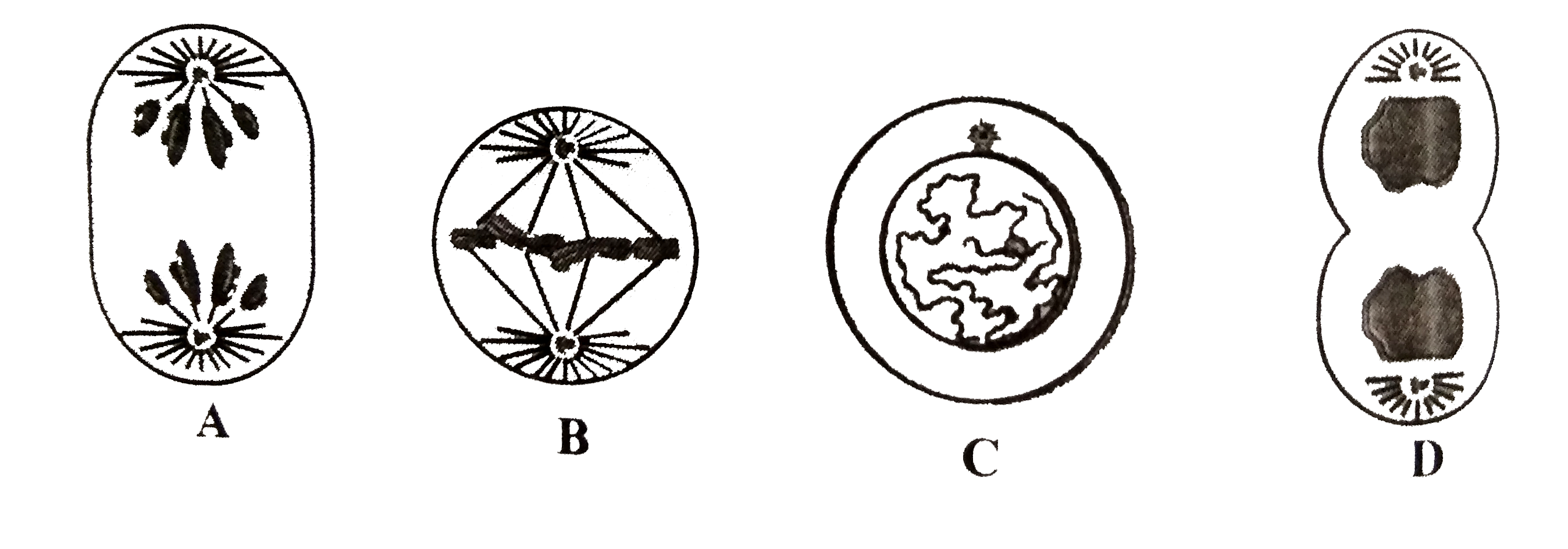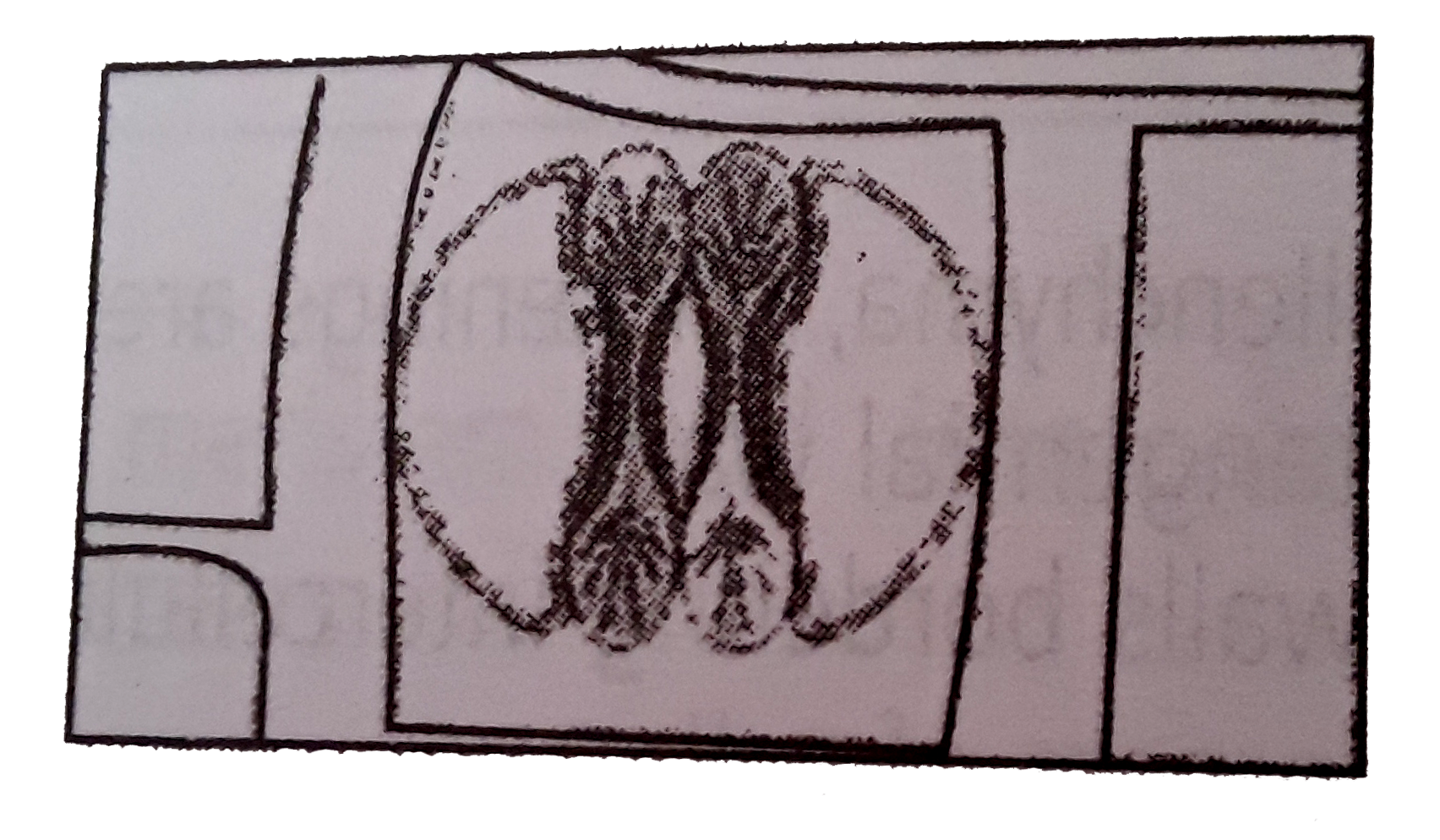Which of the given has lily-like appearance ?
Brittle star
Pentaceros
Antedon
None of the above.
The correct Answer is:C
To determine which of the given organisms has a lily-like appearance, we can analyze each option provided.
1. Brittle Star:
- The brittle star is a type of echinoderm that resembles a starfish. It has a central disk with long, slender arms that radiate outwards. While it is an interesting organism, it does not have a lily-like appearance.
Hint: Consider the physical structure of the brittle star and how it compares to a starfish.
2. Pentaceros:
- Pentaceros, also known as the sea pentagon, is characterized by its five arms that give it a pentagonal shape. This shape is distinct and does not resemble a lily plant.
Hint: Think about the geometric shape of Pentaceros and how it differs from the structure of a lily.
3. Antidone:
- Antidone is the scientific name for sea lily. Sea lilies have a stalk-like structure and a crown of feathery arms that resemble the petals of a lily flower. This resemblance to a lily plant is why it is called a sea lily.
Hint: Visualize the structure of sea lilies and compare it to the appearance of a typical lily plant.
Based on this analysis, the organism that has a lily-like appearance is Antidone (sea lily). Therefore, the correct answer is option C.
Final Answer: C. Antidone (sea lily) has a lily-like appearance.
---
- The brittle star is a type of echinoderm that resembles a starfish. It has a central disk with long, slender arms that radiate outwards. While it is an interesting organism, it does not have a lily-like appearance.
- Pentaceros, also known as the sea pentagon, is characterized by its five arms that give it a pentagonal shape. This shape is distinct and does not resemble a lily plant.
- Antidone is the scientific name for sea lily. Sea lilies have a stalk-like structure and a crown of feathery arms that resemble the petals of a lily flower. This resemblance to a lily plant is why it is called a sea lily.
Topper's Solved these Questions
- ECHINODERMATABOOK - DINESH PUBLICATION ENGLISHCHAPTER - ECHINODERMATAEXERCISE - REVISION QUESTIONS
65 Videos
- DIVERSITY IN ANGIOSPERM MORPHOLOGYBOOK - DINESH PUBLICATION ENGLISHCHAPTER - DIVERSITY IN ANGIOSPERM MORPHOLOGYEXERCISE - Check your Grasp
10 Videos
- ENVIRONMENTAL ISSUESBOOK - DINESH PUBLICATION ENGLISHCHAPTER - ENVIRONMENTAL ISSUESEXERCISE - Model test paper-5
100 Videos
Similar Questions
Knowledge Check
Refer to the given figures and answer

At which of the given stages of mitois, chromosomes appear in V,L,J and I shapes.AABBCCDD
Identify the plants (from the list i-vi) which possess the given type of guars cells (as shown in the diagram) in their leaves.
(i). Grass
(ii). Tomato
(iii). Banana
(iv). Brinjal
(v). Soyabean
(vi) LilyA(i),(ii) and (v)B(ii), (iii) and (iv)C(i),(iii) and (vi)D(iv),(v) and (vi)
Which of the following groups appears to be more vulnerable to extinction?
View SolutionWhich one has a tree-like branched from?
View SolutionFind the which of the operations given above has identity ?
View SolutionWhich of the following plants has the floral characters like zygomorphic flower, vexillary aestivation, diadelphous androecium and marginal placentation.
View SolutionA person has long legs, female like appearence with breast (gynecomastia) and sterile will have one of the genetic compliment.
View SolutionHow many plants in the given below are pollinated by water ?
Vallisneria , Zostera , water hyacinth , water lily , coconut , yucca , Hydria , Ficus
View Solution
